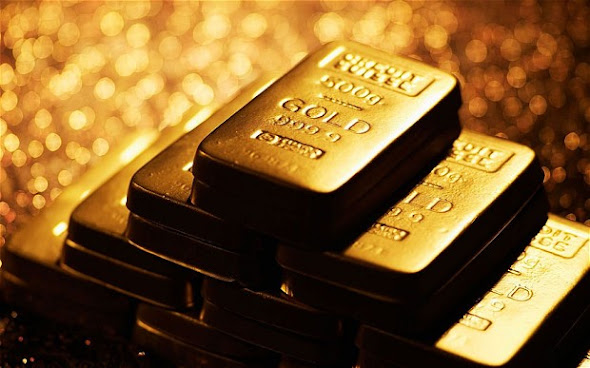Equity Bear now obvious
Regular readers of my Substack are aware that I have been warning about the lethal combination of a credit bubble bursting coupled with Smoot-Hawley Tariff Act Mark 2.
Alasdair Macleod
Now it’s happening.
Trump really meant it when he said he would protect US industry with tariffs, and we knew the answer last night when tariff rates were set out against almost every nation and even one that is not: Two Arctic islands, Svalbard and Jan Mayen were on his list.
Some mistake there, surely, other than for US consumers of seal, walrus, and whale meat.
The last time this happened was in 1929—1930, and we know the outcome.
The combination of the roaring ‘twenties bubble and the Smoot Hawley Tariff Act of 1930 resulted in the Wall Street Crash, the subsequent bear market which wiped out about 90% of the Dow, and the depression which led to the failure of about 9,000 banks.
Can it happen again?
You bet. But this time, there are additional factors.
Then only about 3% of US GDP was imported consumer goods.
Now, the figure is considerably greater.
The credit bubble is far larger than that of the late ‘twenties.
The financial and monetary consequences promise to be even greater than 1929—1930.
Furthermore, international portfolio diversification has led to foreigners holding over $14 trillion of US equities.
They are not going to go down with the sinking ship.
They will sell them and dollars, which is why the US$’s trade-weighted index has been hit hard, doubtless with more to come.
The impact on both the US and the wider world is going to be extremely serious.
This is why equities are falling and bonds are rising (yields falling) in anticipation of portfolios moving out of equities and into the relative safety of government debt.
The overvaluation of equities relative to bonds is shown next:
I have used log scales and inverted the US Treasury 10-year note’s yield to show how closely it negatively correlates with the S&P.
Everyone understands this relationship.
But since covid, the relationship has broken down, first by zero interest rates driving the yield to under 1% intramonth, and now by equities continuing to rise despite the rise in bond yields.
This bubble is twice as extreme as that of the dot-coms in 2000.
The move out of equities into bonds is a temporary portfolio adjustment, because the economic consequences of a collapsing credit bubble drive government finances deep into debt traps.
When that happens, bond yields rise to reflect the debt crisis and loss of purchasing power for afflicted currencies.
And the pace of economic destruction accelerates.
This brings us to gold, which is legal money (all else being credit in its many forms).
The immediate reaction is for market-makers to mark prices down in expectation that profits will be taken to cover losses elsewhere.
In fact, gold and gold ETFs are miniscule parts of portfolios and it is more a question of buyers staying away amid the uncertainty.
Silver, which is naturally more volatile is hit even worse.
It is a two-act play.
Before the great financial crisis, gold had risen to about $1,000, only to be marked down to under $700.
As the inflationary consequences of the Fed’s rescue of the entire banking system sank in, a bullish phase begun taking gold to over $1900.
Furthermore, the near total lack of exposure to gold and silver along with their derivatives points to portfolio shifts in favour of gold once the initial shock of the bubble being pricked combined with Smoot-Hawley Mark 2 has passed.


0 comments:
Publicar un comentario